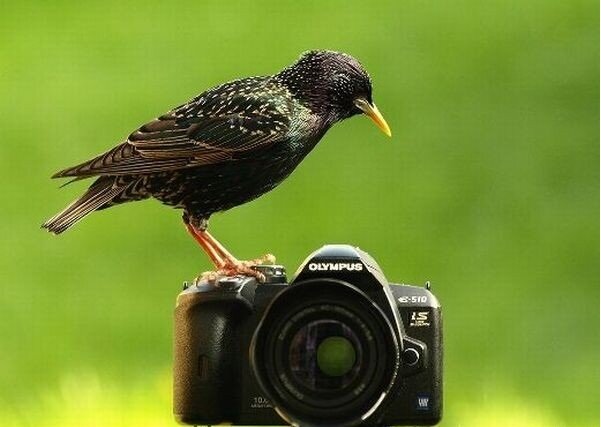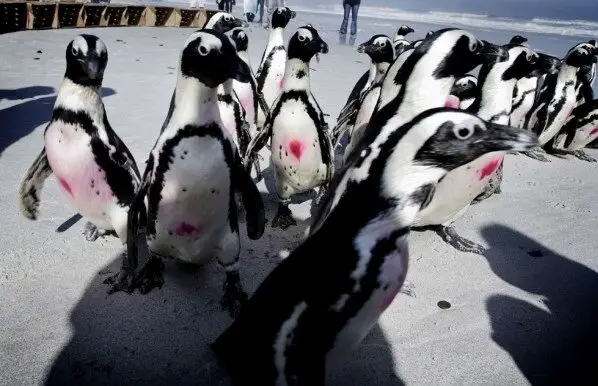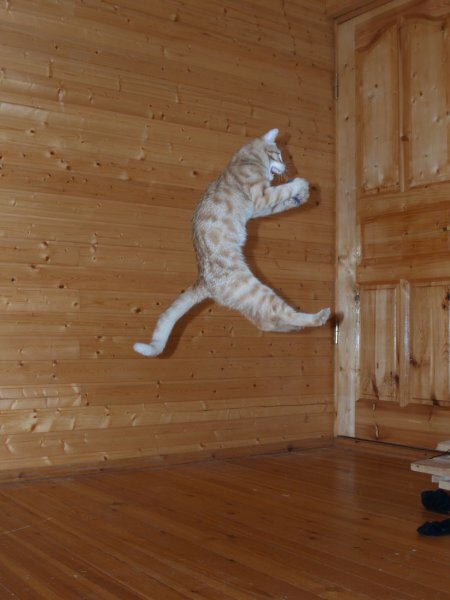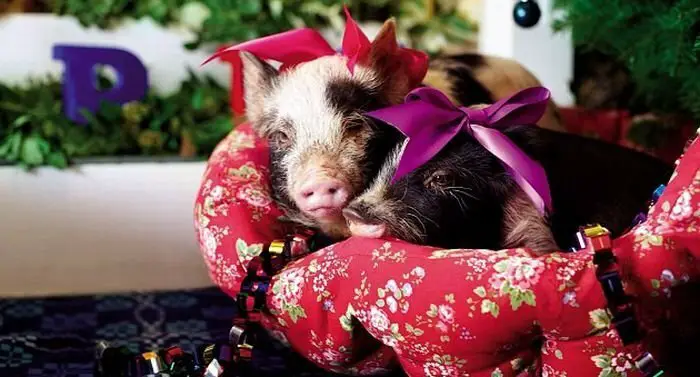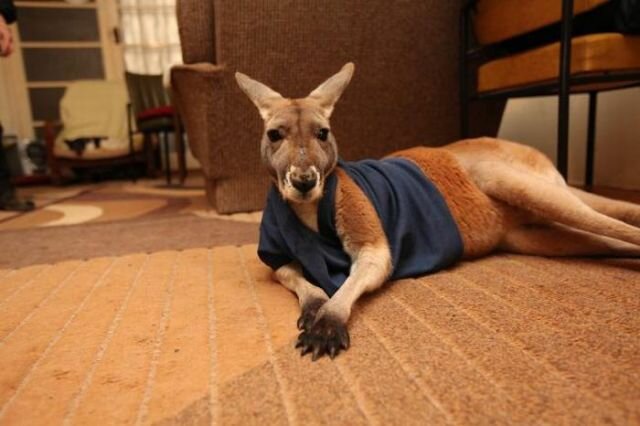0 Shares
GalleryAnimals And The Camera
- November 11, 2020
GalleryFreedom For Penguins
- November 12, 2020
You May Also Like
Matrix Cat
- PetsFoto
- August 23, 2020
- 1 minute read
The cat, also known as the domestic cat or housecat to distinguish it from other felines and felids, is a small domesticated carnivorous mammal that is valued by humans for its companionship and ability to hunt vermin and household pests.
Pigs In A Christmas Mood
- PetsFoto
- January 19, 2021
- 1 minute read
Christmas is for many people a favorite holiday of the year due to a nice mood, and more beautiful customs. But Christmas is not just a favorite holiday for people, and these pigs look really happy and happily posed for these beautiful and unusual pictures under the tree
Vladimir Putin Meeting With …. Animals?
- PetsFoto
- August 10, 2020
- 1 minute read
Vladimir Putin meeting with .... Animals? Yes, you read it. We are all commonly used in meetings with politicians politicians Chairman of the celebration, the military parade with military honors. Because of the seriousness of functions and lack of time do not see them in their free time and when we see them all that seriously and assembled.
My Pet Kangaroo
- PetsFoto
- August 9, 2020
- 1 minute read
This is Beemer, a pet kangaroo who lives in Australia. His best friend is a cat, loves playing football and eats toast with salad.
Wendy… The Bodybuilder Dog
- PetsFoto
- December 8, 2020
- 1 minute read
When I used to see in the picture of the network dog, I thought it muscles under some brawny athlete in Photoshop. But it turned out, this is a real dog!
The Triplets Pets
- PetsFoto
- August 2, 2020
- 1 minute read
When we say the trio would think of how wonderful and beautiful feeling ...
















